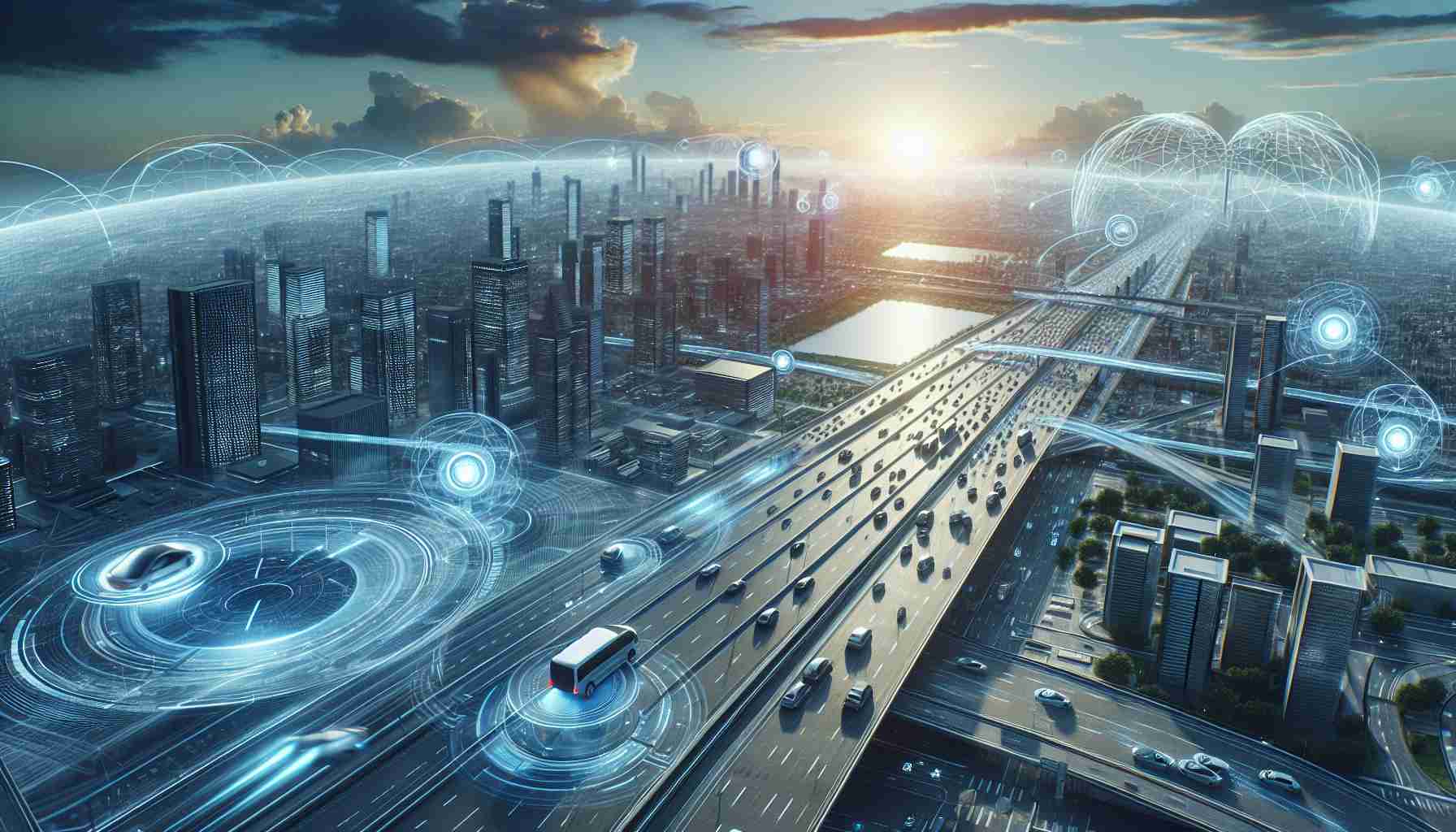- Extraterrestrial mining could revolutionize Earth’s industries by accessing rare minerals found in asteroids.
- Space mining offers a sustainable alternative to dwindling Earth-based resources essential for advanced technologies.
- Robotic mining techniques and autonomous spacecraft are making space mining more feasible and environmentally friendly.
- Key challenges include the high cost of missions and navigating legal and ethical issues surrounding space resources.
- The growing investment by governments and private companies indicates rapid future growth in the space mining industry.
- International regulations will play a crucial role in determining leadership in this emerging space race.
As space exploration takes giant leaps forward, a fascinating new frontier emerges on the horizon: extraterrestrial mining. With cutting-edge technologies and growing interest from private companies, mining asteroids could revolutionize industries on Earth by providing unprecedented access to rare resources.
Why Mine in Space? Asteroids are abundant in valuable minerals such as platinum, gold, and rare earth elements. These resources are dwindling on Earth but are crucial for developing advanced electronics and green technologies. Space mining has the potential to transform these industries by offering a sustainable alternative.
Technological Advancements have paved the way for this bold endeavor. Recently, companies have developed new robotic mining techniques and autonomous spacecraft to efficiently extract minerals from asteroids. These advancements not only increase feasibility but also reduce the environmental impact compared to traditional Earth-based mining.
Challenges and Opportunities While promising, space mining presents numerous challenges, such as the high cost of space missions and complex legal and ethical considerations about extracting resources from celestial bodies. However, overcoming these hurdles could unlock a wealth of opportunities, driving technological innovation and collaboration across nations.
Looking to the Future, the space mining industry is poised for rapid growth. Governments and private companies are investing heavily in this potential goldmine. As international regulations evolve, the key question remains: who will lead this new space race? The pursuit of resources beyond our planet could redefine our future, turning the dream of space as a resource hub into reality.
Unlocking the Celestial Goldmine: The Future of Space Mining
As humanity’s eyes turn skyward, the prospect of extraterrestrial mining is not just science fiction but a transformative reality in the making. Here’s what you need to know about this groundbreaking venture into space.
Why is Space Mining the Next Big Thing?
Asteroids and celestial bodies are treasure troves of minerals like platinum, gold, and rare earth elements. With these vital resources depleting on Earth, space mining offers a promising solution. Beyond its economic potential, it provides a sustainable source of materials necessary for developing advanced electronics and supporting green technologies. This could fundamentally shift industries, making space mining an attractive prospect for nations and private enterprises alike.
What Technological Innovations Make Space Mining Possible?
Recent technological breakthroughs have set the stage for successful space mining operations. Companies are developing advanced robotic mining techniques and autonomous spacecraft capable of efficiently extracting minerals from asteroids. These innovations are crucial not only for feasibility but also for minimizing the environmental impact compared to traditional Earth-based mining methods. The integration of AI and machine learning in these technologies further enhances efficiency and precision in extraterrestrial mining operations.
What Challenges Does Space Mining Face, and How Can They Be Overcome?
The path to mining asteroids is fraught with challenges, including the astronomical costs of space missions, international regulatory hurdles, and ethical concerns about celestial resource extraction. Addressing these challenges requires a collaborative approach, involving international cooperation to create comprehensive legal frameworks. Investment in research and development can reduce costs and streamline operations, ultimately paving the way for a viable space mining industry.
Market Forecast and Trends
The space mining market is anticipated to grow significantly over the next decade. With investments pouring in from governments and private sectors, the potential economic impact is vast. Companies are exploring not only raw material extraction but also the potential for in-space manufacturing and resource utilization. Trends suggest a shift towards establishing a sustainable extraterrestrial economy, which could lead to the creation of jobs and new industries focused on off-world mining operations.
Security and Sustainability Aspects
Ensuring the security of mining operations in the harsh environment of space is paramount. Innovations in shielding technology and remote operations management are improving safety measures. Additionally, space mining must be conducted sustainably to avoid depleting celestial resources and negatively impacting future exploration efforts. Incorporating sustainability into planning ensures that these resources can support both Earth’s industries and the long-term presence of humanity in space.
Predictions and Future Outlook
Looking forward, space mining is expected to play a pivotal role in expanding humanity’s presence beyond Earth. As global interest and investments grow, the next decade could see increased legislative efforts towards a regulated and structured space mining industry. This new frontier promises not only to reshape economic landscapes but also to inspire a new wave of technological innovation and collaboration among nations.
For further insights into space exploration and innovative technologies, visit NASA or explore the private sector’s perspective at SpaceX.


















